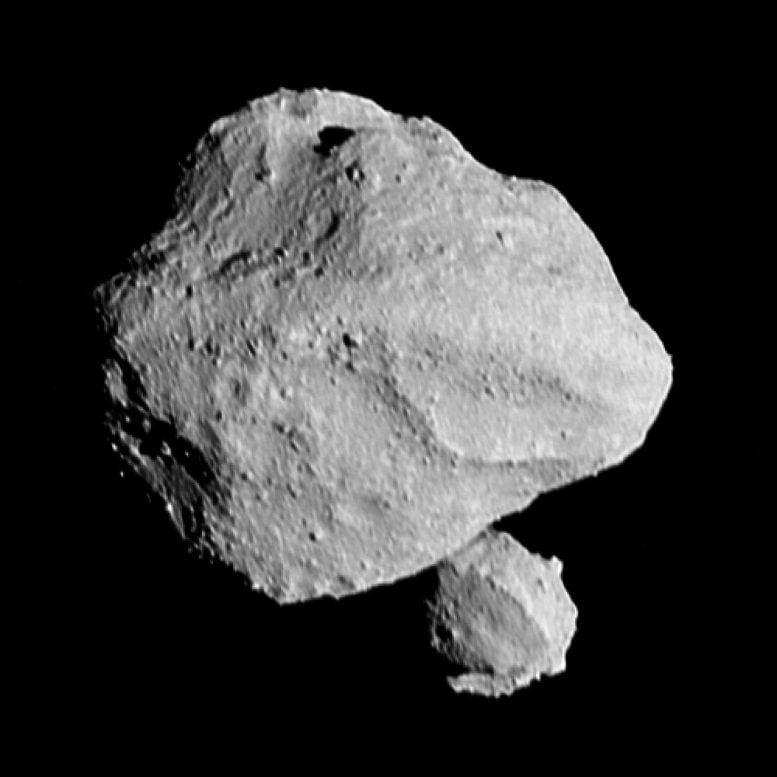
This image shows the “moonrise” of the satellite, now named Selam, as it emerges from behind asteroid Dinkinesh as seen by the Lucy Long-Range Reconnaissance Imager (L’LORRI), one of the most detailed images returned by NASA’s Lucy spacecraft during its flyby of the asteroid binary. This image was taken at 12:55 p.m. EDT (1655 UTC) on November 1, 2023, within a minute of closest approach, from a range of approximately 270 miles (430 km). Credit: NASA/Goddard/SwRI/Johns Hopkins APL/NOAO
The satellite discovered during the first asteroid encounter of NASA’s Lucy mission has an official name. On November 27, 2023, the International Astronomical Union approved the name “Selam” or ሰላም, which means “peace” in the Ethiopian language Amharic, for Dinkinesh’s moon.
“Dinkinesh is the Ethiopian name for the fossil nicknamed ‘Lucy,’” says Raphael Marshall of the Observatoire de la Côte d’Azur in Nice, France, who originally identified Dinkinesh as a potential target of the Lucy mission. “It seemed appropriate to name its satellite in honor of another fossil that is sometimes called Lucy’s baby.” The fossil Selam, discovered by Zeresenay Alemseged in 2000 in Dikika, Ethiopia, belonged to a 3-year-old girl of the same species as Lucy; though the “baby” actually lived more than 100,000 years before Lucy.
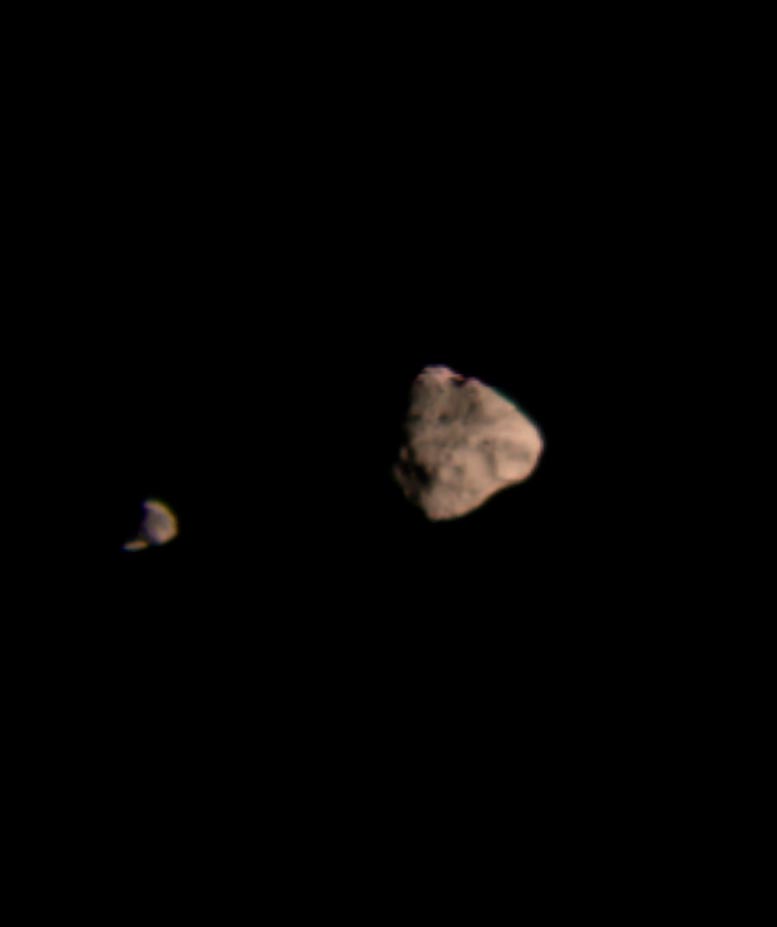
A false-color image of the asteroid Dinkinesh and its satellite, Selam, created using data collected by the NASA Lucy spacecraft’s color imager, the Multi-spectral Visible Imaging Camera, MVIC, on the L’Ralph instrument. This MVIC image was obtained about 100 seconds before closest approach on Nov. 1, 2023. The orange, green and violet MVIC filters were mapped to the red, green, and blue channels to create this image. Credit: NASA/Goddard/SwRI
The Lucy spacecraft flew by Dinkinesh and Selam on November 1, 2023. While observations leading up to the encounter had hinted that there was something interesting going on in this system, the team was surprised to discover that not only did Dinkinesh have a satellite, but that the satellite was a contact-binary, the first contact-binary satellite ever observed.
The team has completed downlinking encounter data from Lucy’s first asteroid encounter and is continuing to process it. The Dinkinesh encounter was added in January of this year as an in-flight test of the spacecraft’s systems and instruments, and all systems performed well. The tools and techniques refined with data from this encounter will help the team prepare for the mission’s main targets, the never-before-explored Jupiter Trojan asteroids. In addition to the images taken by Lucy’s high-resolution L’LORRI camera and its Terminal Tracking Cameras (T2Cam), Lucy’s other science instruments also collected data that will help scientists understand these puzzling asteroids.
On November 1, NASA’s Lucy spacecraft flew by not just its first asteroid, but its first two. The first images returned by Lucy reveal that the small main belt asteroid Dinkinesh is actually a binary pair. Credit: NASA’s Goddard Space Flight Center
The two components of the NASA Goddard Space Flight Center supplied L’Ralph instrument, the Multi-spectral Visible Imaging Camera (MVIC) and Linear Etalon Imaging Spectral Array (LEISA), both successfully observed the two asteroids from a variety of vantage points around closest approach. During the encounter, the two components scanned across the asteroids’ surfaces, enabling the team to assemble color images and spatially-resolved spectra of the objects.
“To assemble the final images, we must carefully account for the motion of the spacecraft, but Lucy’s accurate pointing information makes this possible,” said Amy Simon of NASA’s Goddard Space Flight Center, Greenbelt, Maryland. “These images will help scientists understand the composition of the asteroids, allowing the team to compare the makeup of the Dinkinesh and Selam and to understand how these bodies may be compositionally linked to other asteroids.”
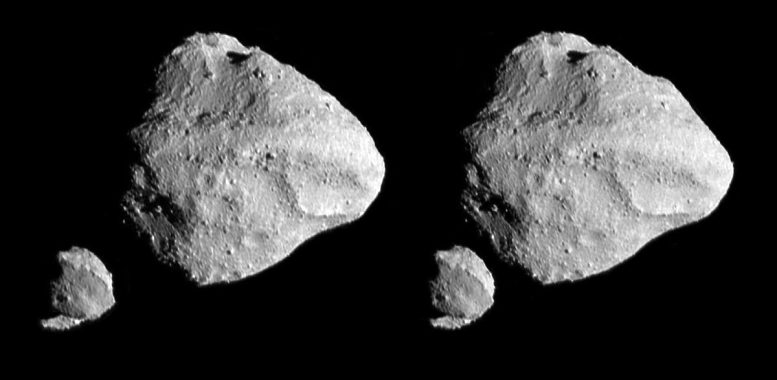
A pair of stereoscopic images of the asteroid Dinkinesh and its satellite, Selam, created using data collected by the L’LORRI camera on the NASA Lucy spacecraft in the minutes around closest approach on November 1, 2023. To use this image pair to get a better sense of the 3D structure of the asteroids, either relax the axes of your eyes, as if staring through the screen to infinity (so that you are looking at the left image with your left eye and the right image with your right eye), or use a stereoscope. These images have been processed to enhance contrast, and the apparent distance between Selam and Dinkinesh has been artificially reduced to facilitate simultaneous stereo view of the two objects. Credit: NASA/Goddard/SwRI/Johns Hopkins APL/NOIRLab for the original images/Brian May/Claudia Manzoni for stereo processing of the images
The Arizona State University-supplied Lucy Thermal Emissions Spectrometer (L’TES) also detected the asteroids, even though, unlike the future Trojan asteroid targets, they filled only a small fraction of the instrument’s wide field of view. Scientists expect that the data will mostly provide insight into the surface properties of the larger asteroid, Dinkinesh.
“L’TES was able to detect and measure the temperature of the system for about nine minutes as the spacecraft flew by at its closest approach,” said Phil Christensen of Arizona State University, Tempe. “Different-sized particles, such as sand, pebbles, and boulders, heat up differently as the asteroid rotates. The L’TES temperature measurements will allow us to study the size and physical properties of the materials on the asteroid’s surface.”
Lucy is expected to visit 9 more asteroids over the next decade in 6 separate encounters. After an Earth gravity assist in December 2024, the spacecraft will return to the main asteroid belt where it will encounter asteroid Donaldjohanson in April 2025. Lucy will pass through the main belt and reach the mission’s primary targets, the Jupiter Trojan asteroids, in 2027.

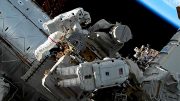

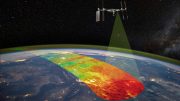
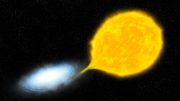

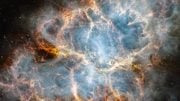
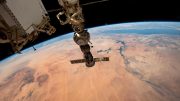
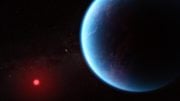
Be the first to comment on "Meet Selam: The Stellar New Discovery From NASA’s Lucy Mission"